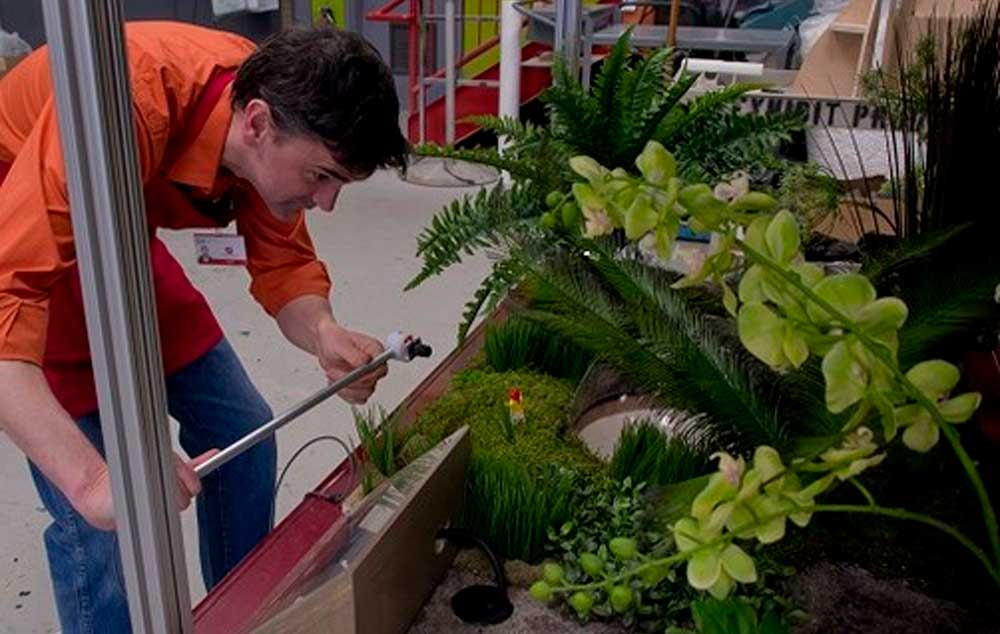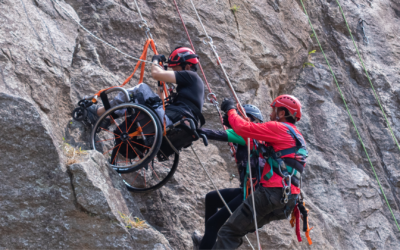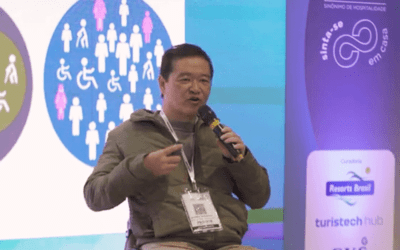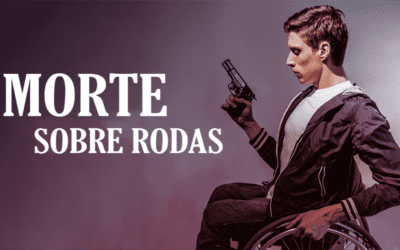
Boston Museum of Science incorporates unique accessibility experiment
The Boston Museum of Science is taking a unique approach to enable its exhibits to become more accessible to people with special learning needs. In an exclusive interview, Anna Lindgren-Streicher, Project Manager, Research & Evaluation, spoke about the path the museum has taken over more than 25 years to enable people with disabilities to enjoy the museum.
“The museum began designing exhibits to be handicap accessible over 25 years ago,” she said. “The first area that was addressed was physical handicaps.” Betty Davidson, a museum volunteer turned exhibit maker, began designing natural history habitat exhibits with dioramas including tactile artifacts and manipulatives such as deer antlers that could be handled. She added audio descriptions and scent so visitors could experience more authentic exhibits.
Over the last five to ten years the museum has actively addressed accessibility to learners with a wide range of disabilities, including autism, learning disabilities and cognitive disabilities. Lindgren-Streicher said, “In order to reach the widest possible audience, the exhibit teams at the Museum of Science and their associated contractors and collaborators employ a universal design approach to content development and design.”
Universal design is defined by the Center for Universal Design as “The design of products and environments to be usable by all people, to the greatest extent possible, without the need for adaptation or specialized design.”
“A commitment to a universal design approach means that the exhibit teams will work to create experiences that are accessible and educational for a broad range of visitors along the spectrum of able to disabled. Universal design also acknowledges that the design of environments and exhibits can determine whether visitors are “able” to engage in an activity and learn from it. It also reflects a desire to create environments that promote inclusion, not “separate but equal” experiences for people with disabilities,” Lindgren-Streicher said.
Exhibit teams will work to promote inclusion in the following three key areas, ensuring that a wide range of visitors can:
Physically interact with/perceive the space. Questions designer and engineers strive to answer include:
Is the environment inclusive so that a diversity of individuals can physically interact with/relate to the space? In other words, is the space set up so that a diversity of individuals can move around the space comfortably and safely?
Is the information in the space conveyed in a variety of formats so that a diversity of individuals can perceive it? Can a diversity of individuals manipulate or cause things to happen within in the space?
Cognitively engage with the materials. Material questions include:
Is the environment inclusive so that a diversity of individuals can cognitively engage with the materials? In other words, is the information conveyed using a range of media to allow a diversity of individuals with a range of learning styles to engage with the materials? Do the materials take into account a diversity of individuals with a range of learning and cognitive skills? Do the materials take into account a diversity of individuals with range of experiences and sets of background knowledge?
Socially interact with one another. Questions considered include:
Is the environment inclusive so that all individuals can socially interact with/relate to one another? In other words, is the environment generally safe and welcoming for a diversity of individuals? Is the space set up to comfortably and safely foster and facilitate encounters and engagement among a diversity of individuals? Are the materials designed to provide meaningful reasons to foster and facilitate encounters and engagement among a diversity of individuals?
Some of the ways the current exhibits incorporate these ideas are with text, graphics (pictograms), audio labels, and manipulatives. Lindgren-Streicher said that the variety of learning modes are not just used by special needs learners.
“Although accessibility was designed for people with disabilities, we are finding that people access the information through what mode works best for them. One example is that English language learners often find audio output easier to use than reading text,” she said.
Currently the museum is experimenting with several design approaches to exhibits under development or refurbishment. To accurately gauge effectiveness of proposed designs and changes to current designs, the museum publicly asked for volunteers with a variety of disabilities to come to the museum and try out new design ideas. For a two week period, over 30 groups including visitors with disabilities are trying out design ideas with seven exhibits.
Lindgren-Streicher said that the public’s response has been great. The feedback they receive now will be useful for years to come in exhibit design. The current exhibits addressed include the areas of health and human biology, energy conservation, natural history and collection, skill of engaging in scientific process, and the technology behind creating animated movies. For the last area, the museum is partnering with Pixar to investigate the science that goes into developing animated movies (see photo).
Lindgren-Streicher said the object of the proposed design changes is to “see if kids with special learning needs can or can’t engage with the exhibits with peers and families. We want all people to have a socially engaging experience together.”
Source: examiner
Compartilhe
Use os ícones flutuantes na borda lateral esquerda desta página
Siga-nos!
Envolva-se em nosso conteúdo, seus comentários são bem-vindos!
Artigos relacionados
Teleton AACD. A pessoa com deficiência como protagonista.
Teleton AACD. A pessoa com deficiência como protagonista. Uma iniciativa internacional abraçada pelo SBT no Brasil.
Acessibilidade no ESG. Equipotel aborda o tema para o turismo.
Acessibilidade no ESG, para o mercado do turismo. Equipotel aborda a importância da inclusão da pessoa com deficiência.
Morte Sobre Rodas. Filme inclusivo foi candidato ao Oscar.
Morte Sobre Rodas. Dois protagonistas do filme, são pessoas com deficiência, um usuário de cadeira de rodas e outro com paralisia cerebral.






0 comentários